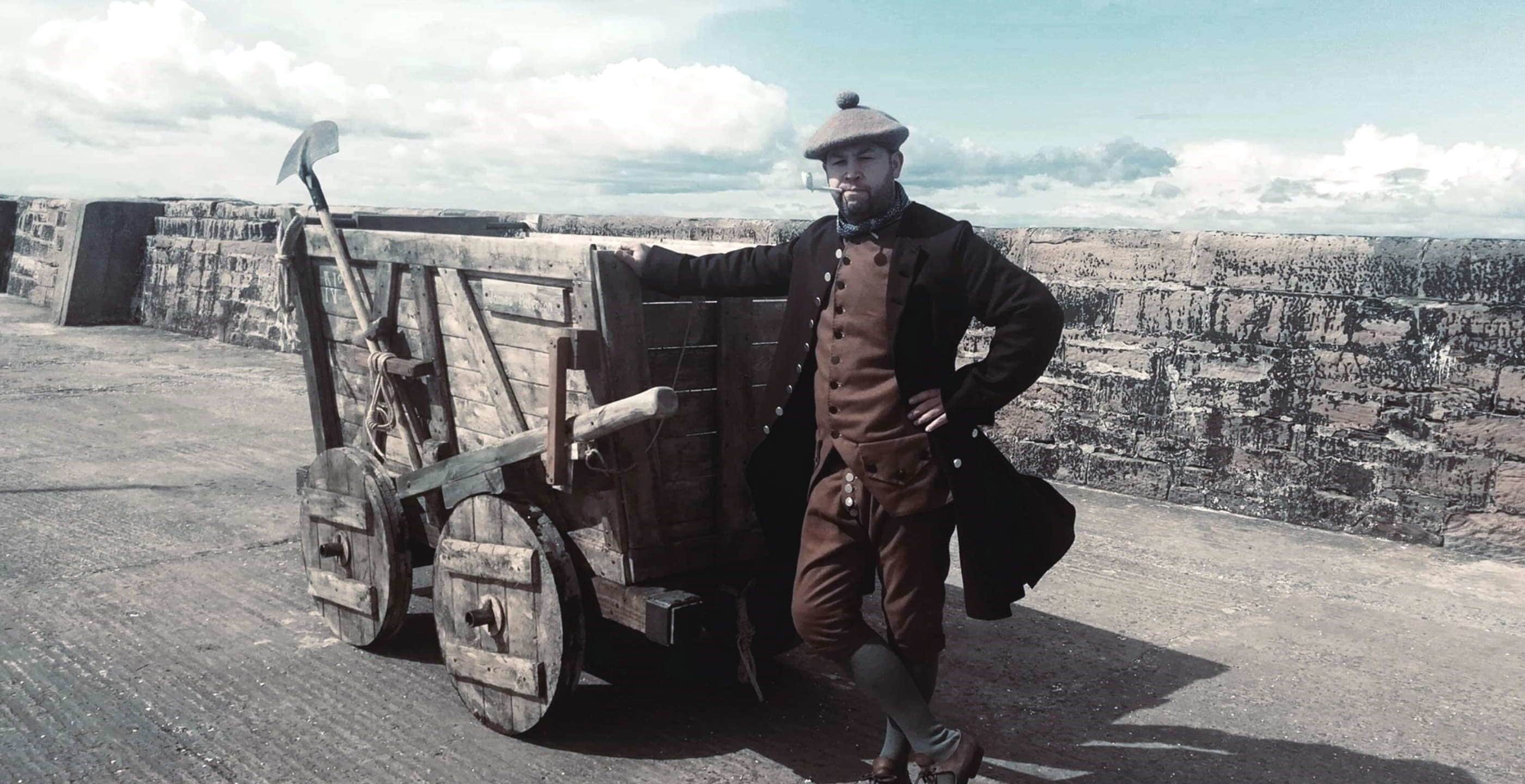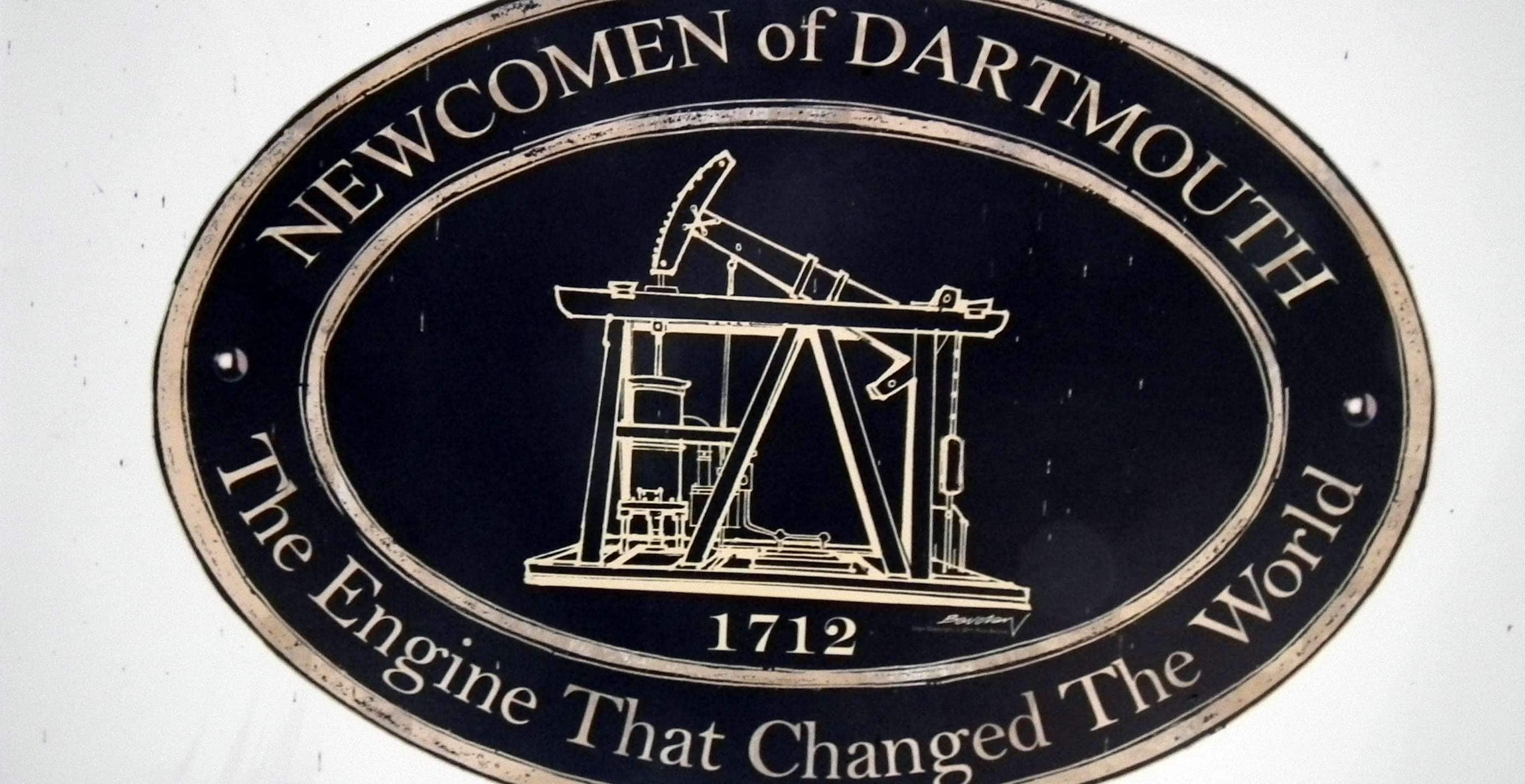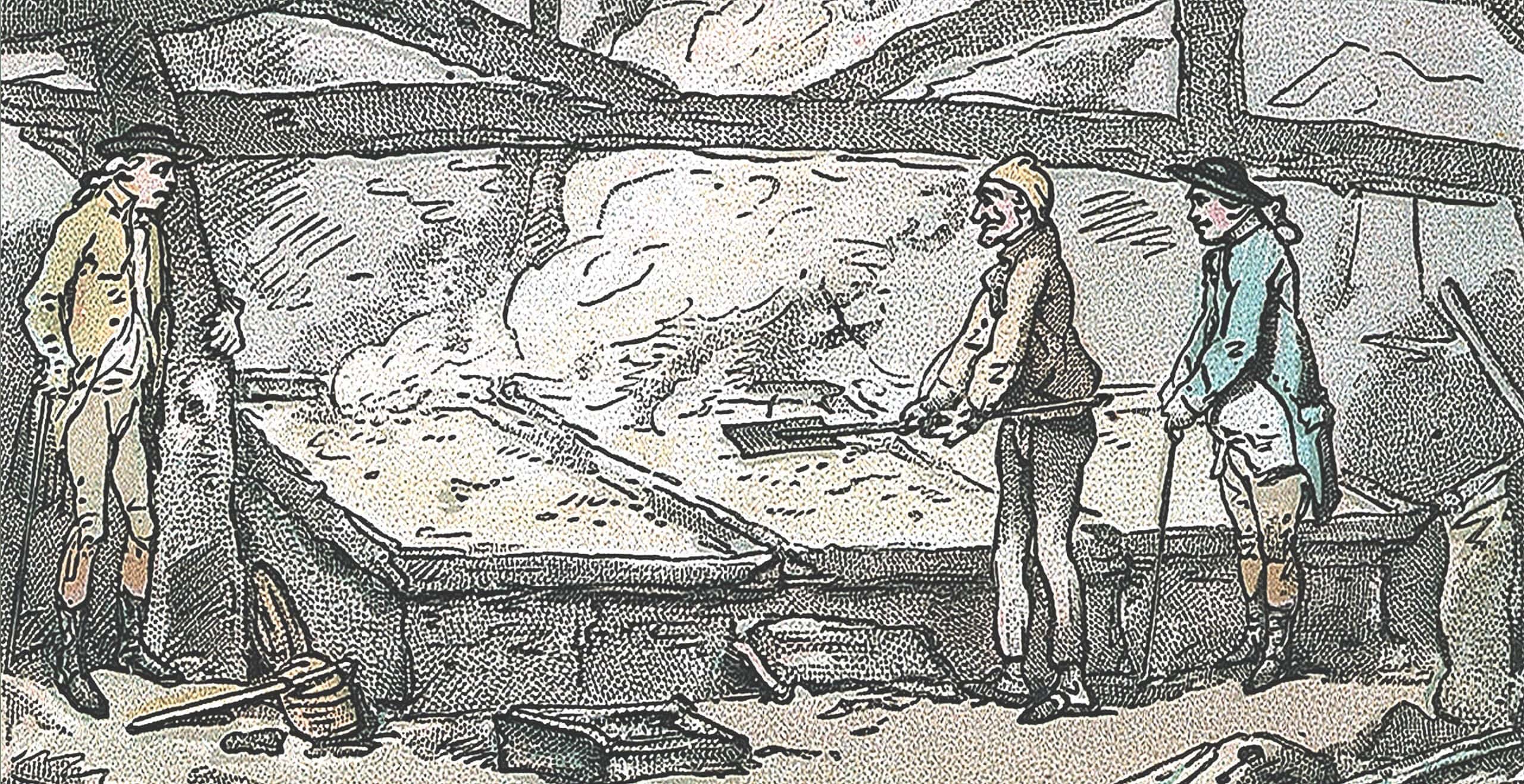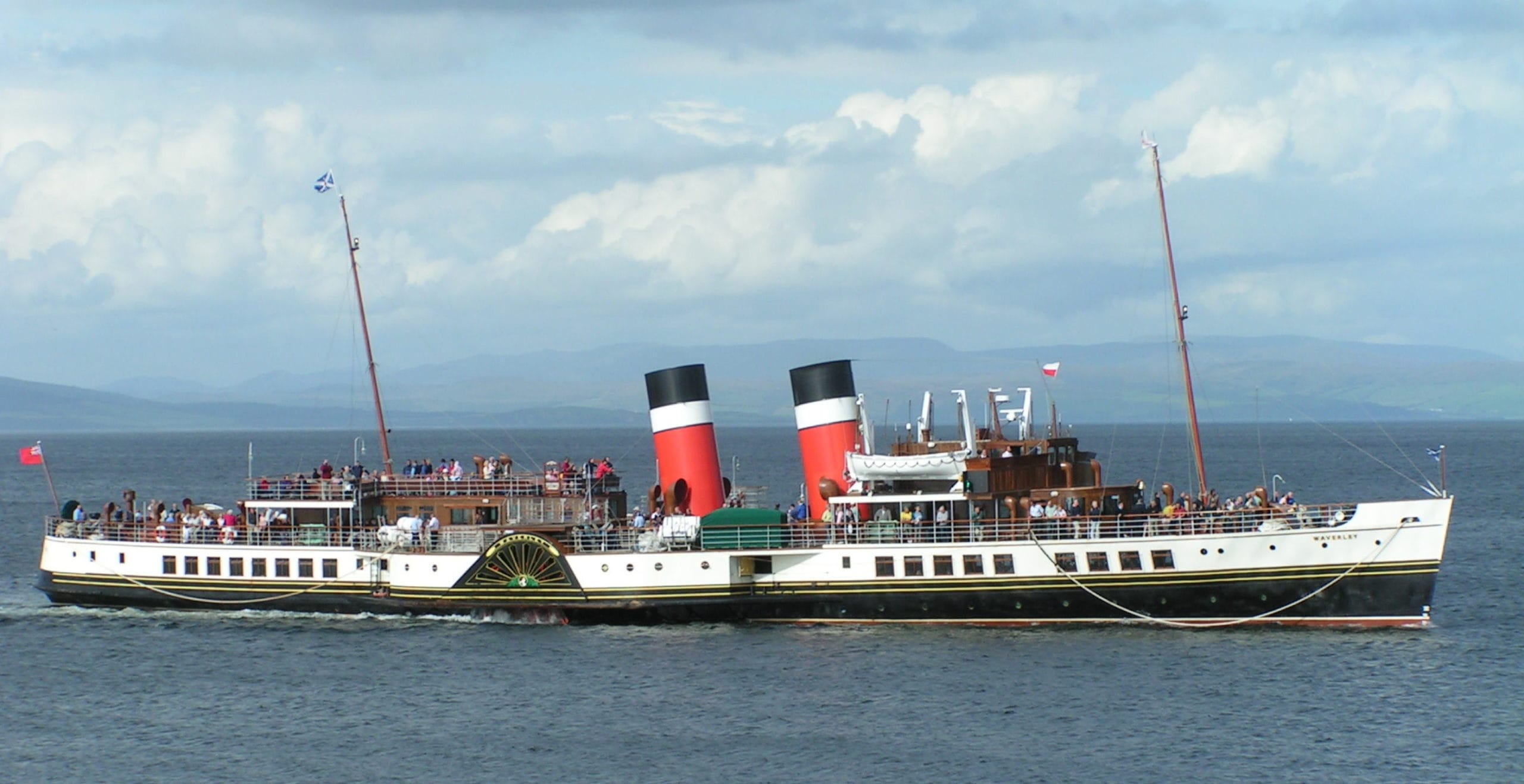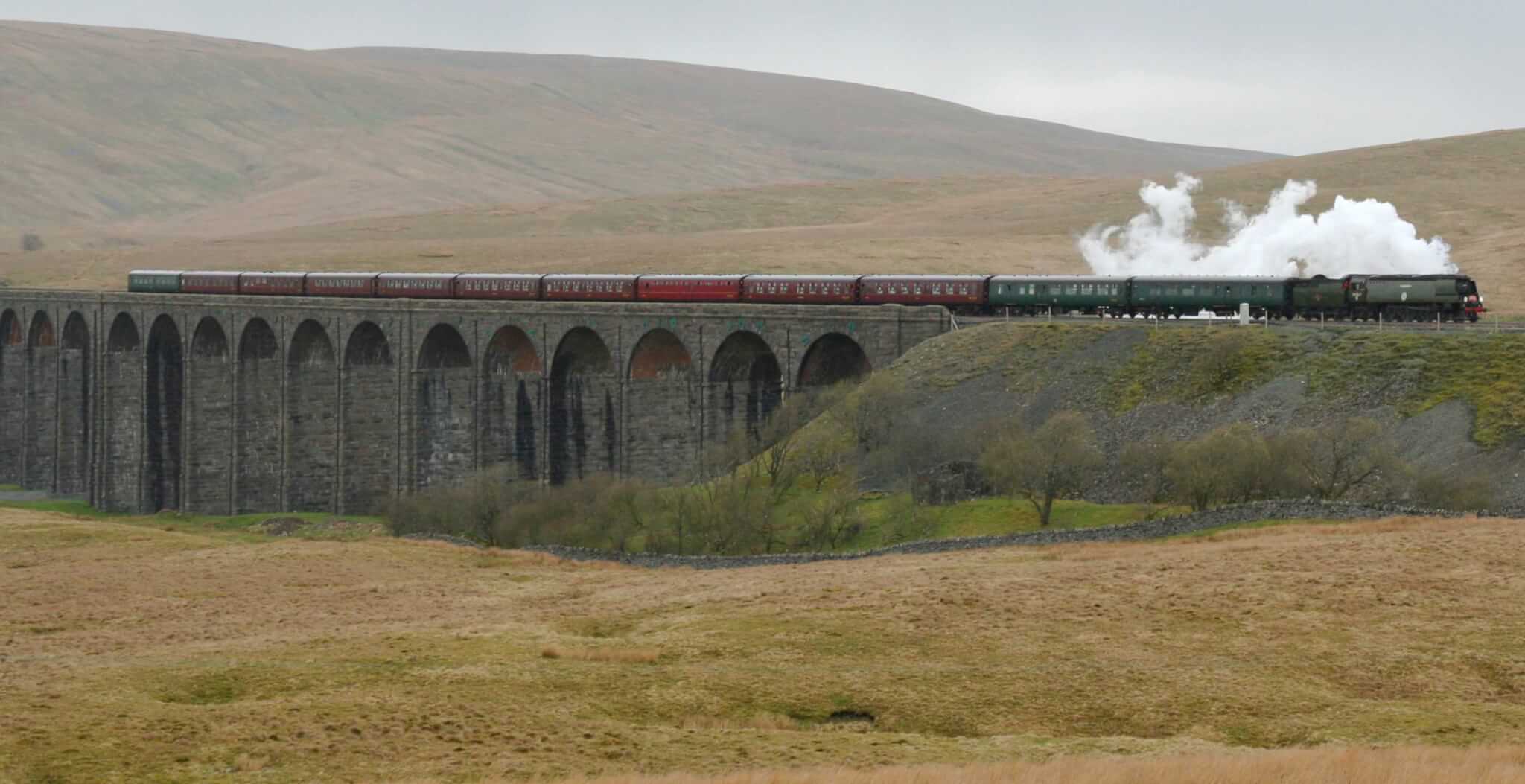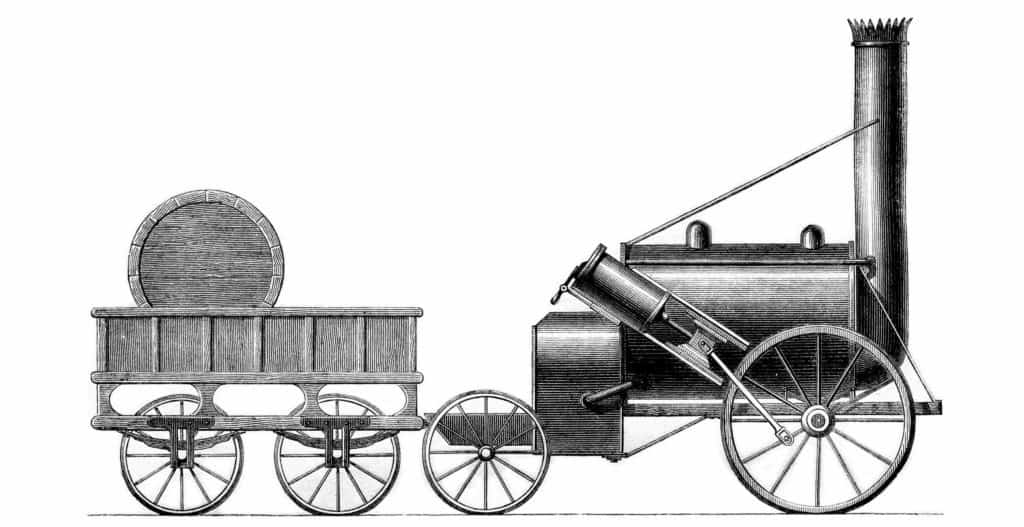Rattling and screeching, the wooden waggon trundles down the track through fields and bushes towards the coast. Its heavy load of coal from Tranent is destined for the salt pans at Cockenzie. On top of the wagon sits the brakeman, clutching a lever to press against one of the wooden wheels and slow the train down as it approaches the bends at some speed. He shouts a warning to any one walking too near the rails as the waggon thunders past. The ground levels out as it approaches the coast and the harbour area, and the waggon slows. With perfect timing the brakeman ensures the waggon has just enough momentum to let it reach its destination, the unloading area at Port Seton harbour.
It is 1722 and this is the first railroad in Scotland.
297 years later, in June 2019, Ed Bethune, chair and founder of the 1722 Waggonway Heritage Group, and Alan Braby, an archaeologist and illustrator, led a group of keen members in excavating part of the route of the line. It’s now a public footpath but they hoped that underneath would be the remains of the original wooden rails.
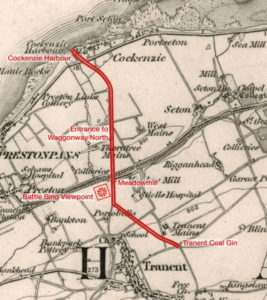
In the 18th century, salt was a valuable commodity especially along the East Lothian coast at Prestonpans and Cockenzie. Salt water was poured into large pans and evaporated by burning coal underneath. There was a plentiful supply of coal nearby at Tranent but the main difficulty was in getting the coal down to the coast. So in 1722, the York Building Company who owned the Winton estate on which the coal mines and salt pans were situated, built a wooden waggonway linking the two sites.
It consisted of a set of parallel rails resting on sleepers on which wooden waggons could roll down the natural slope to the salt pans about 2.5 miles away. A horse pulled the empty waggons up to the coal works in Tranent, where they were loaded up and then set off on their perilous journey to the harbour. The whole venture cost £3,500, around £300,000 in today’s money.
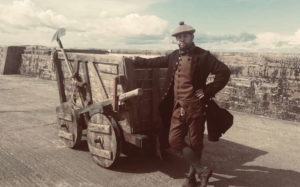
However, services were temporarily interrupted on the 21st September 1745 when the opening skirmish of the ’45 rebellion took place at Prestonpans, across the route of the Waggonway. In fact, the English forces lined up along the rails. Fortunately, the battle was short-lived, Bonnie Prince Charlie’s Highlanders routing the English army in less than 30 minutes. Once the field of battle was cleared, no doubt, the waggons resumed their clattering journey.
But accidents weren’t unknown. On August 27th, 1762 James Paterson, the son of the Cockenzie blacksmith was close by the rails of the waggonway. Whether he didn’t hear the waggon’s approach or whether he stumbled is not known, but he was hit by the train and later succumbed to his injuries. This was the first death on a railway anywhere in the world. A gruesome and perhaps unwelcome claim to fame.
By the late 18th century, the York Building Company was in serious difficulties and in 1779, John Cadell of Cockenzie bought the waggonway, coal pits and salt pans. But 36 years later, in 1815, the waggonway had suffered a great deal of wear and tear from constant usage and his son, Hew Cadell, replaced the wood with cast-iron rails sitting on stone blocks. He used the original route and set the new iron rails on top of the old wooden ones. The waggons too, now had iron wheels and they could be coupled together as a train, though gravity was still the force used in the descent. Cadell also extended the route to the Cockenzie harbour as Port Seton harbour had been badly damaged in a storm.
With these improvements, trade increased and Hew Cadell engaged Robert Stevenson, the engineer famed for his lighthouses and grandfather of the writer R.L Stevenson, to extend the harbour so that larger ships could dock and load the coal and salt for trade elsewhere. The plans also included turntables and a tipping mechanism to allow the wagons to empty coal directly into the ships’ holds. Construction began in 1833 and took two years to complete at a cost of £6000, equivalent to over £500,000 today.
A contemporary source describes the waggonway as:
‘a cast-iron railway, that has various declivities and circular turns; and require only the assistance of a man, in the downward journey, to attend to the several brakes attached to the waggons. The breadth of the horse-track is 3ft 3inches; the waggons when loaded, including their carriages, are each about 2 tons. A horse sometimes takes up 5 empty waggons, but the common number is 4, and these he commonly drags three times a day.’
In 2017-18, the 1722 Waggonway Heritage Group excavated a section of the quayside and found the cavity for the turntable and next to it, the space where the waggon tilting mechanism would have been.
But railway developments throughout the country meant that it was easier to transport the coal by rail rather than by sea and the waggonway was linked to the railway line from North Berwick to Edinburgh. Eventually, its use declined as the pits closed and finally in the 1960’s, the line was abandoned.
Further excavations were undertaken in June 2019 by the Heritage group with astounding results. The public footpath follows the line of the waggonway and it was believed that if they dug down below the surface, the original railway could be under-neath the iron railway. This was indeed the case and they found the original wooden rails, badly decayed but still recognisable and still in place.
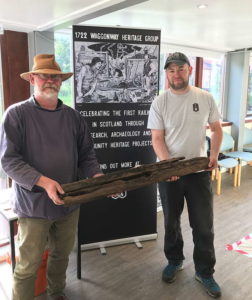
As Ed Bethune commented, ‘the remains discovered have fundamentally changed our understanding of how the line was constructed, the width of its gauge and its place in the surrounding landscape.’
The rails were made from 5 inch wide timbers and were made double so that the top rail could be replaced without disturbing the base rail and the sleepers. Infill between the rails was made from local stones and covered with coal dust and small clinkers.
The gauge was thought to have been 3ft 3inches, as was the iron railway but instead, it was found to have a gauge of around 4ft 6inches.
Beside the line an even older cart track was found, its ruts filled with coal dust, hinting at prior methods of transporting coal before the waggonway was built.
Ed Bethune is making plans for another dig in the spring and summer next year. Working with East Lothian Council Archaeology Service, they hope to dig out a larger section of the early waggonway.
Who knows what exciting developments they will find!
By Ann Burnett. I write many things – articles, novels, children’s stories, and recently song lyrics. I now live in a town which was the gateway between Edinburgh and London and which has a long and chequered history – plenty of food for articles!
All images ©1722 Waggonway Committee
